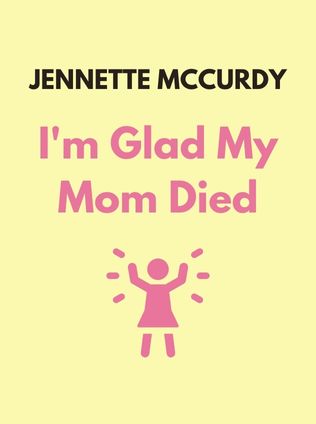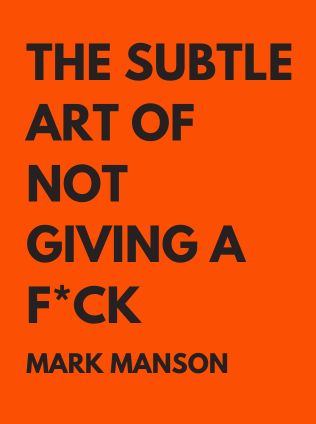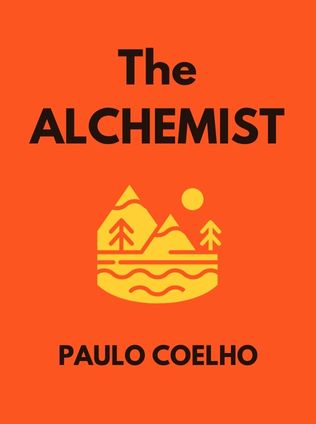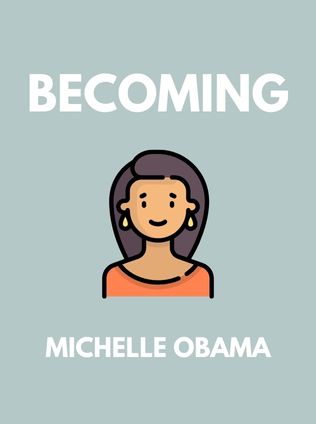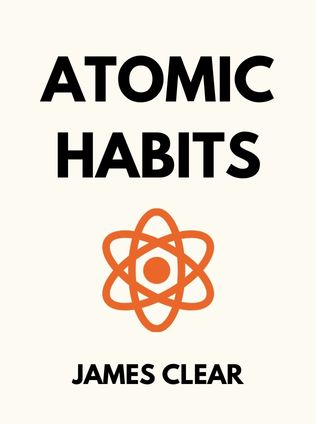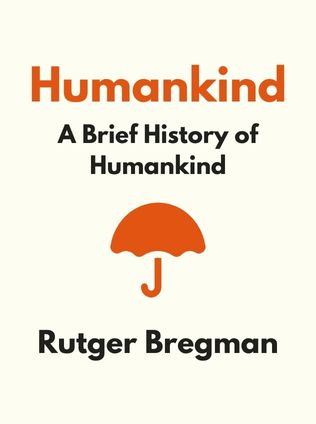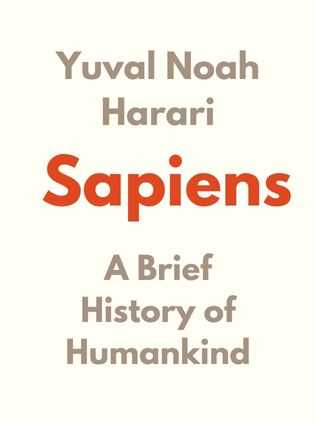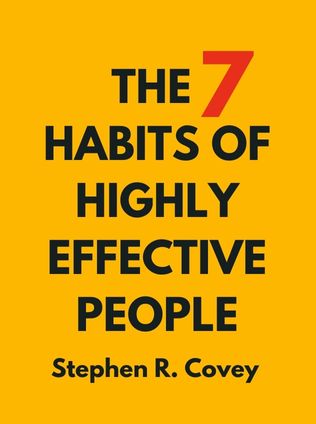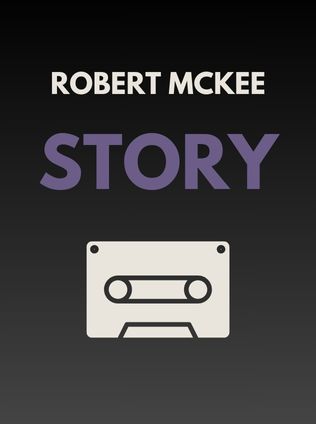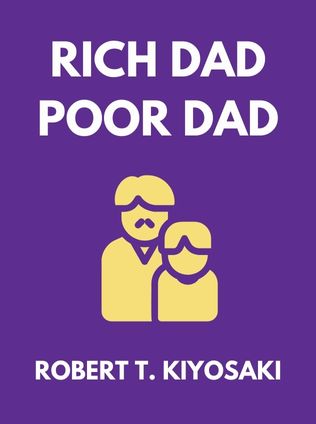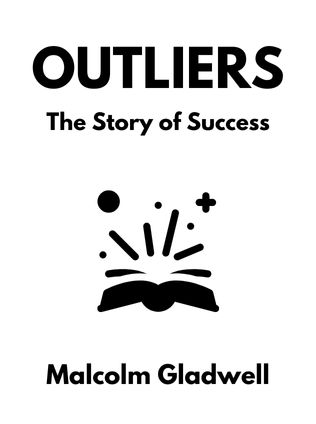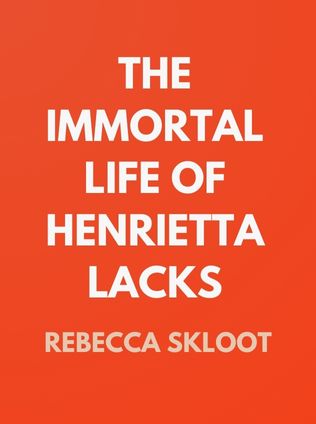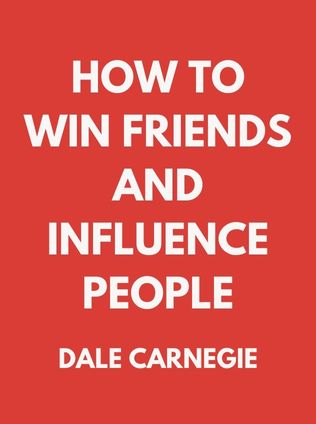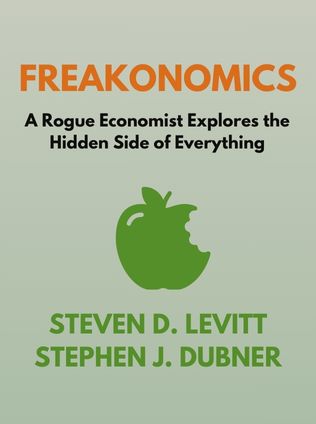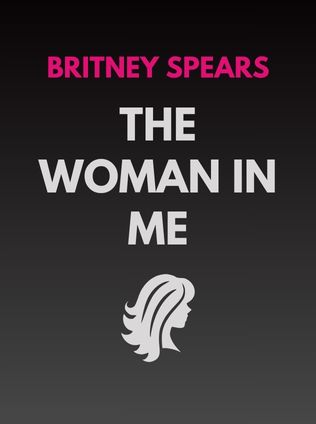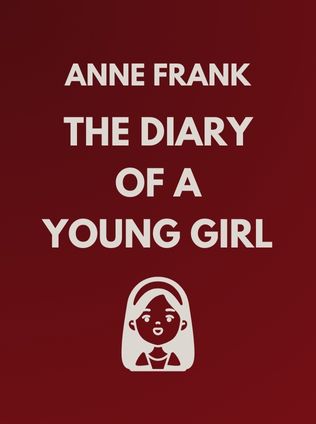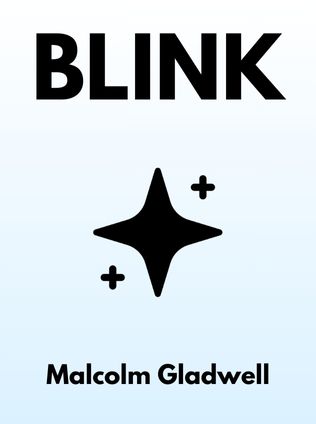
Blink
The Power of Thinking Without Thinking
By Malcolm Gladwell
Published 01/2005
About the Author
Malcolm Gladwell is a staff writer for The New Yorker, known for his profound insights into social science and human behavior. Born in England and raised in Canada, Gladwell's unique background and career trajectory have provided him with a rich perspective on the intricate workings of society. Before joining The New Yorker, he served as a business and science reporter at the Washington Post. His ability to weave together stories from various domains has made him a celebrated author, and his books, including "The Tipping Point" and "Outliers," have become essential readings for those seeking to understand the hidden patterns of human thought and action.
Main Idea
"Blink: The Power of Thinking Without Thinking" explores the fascinating world of rapid cognition, the split-second decisions we make without conscious thought. Gladwell delves into the concept of "thin-slicing," where our unconscious minds filter through vast amounts of information to focus on the critical few factors that truly matter. Through a blend of cutting-edge neuroscience, psychology, and compelling anecdotes, Gladwell reveals that our snap judgments can often be as accurate, if not more so, than those made after extensive deliberation. This book challenges the conventional wisdom that more information and time lead to better decisions, demonstrating that sometimes, less is indeed more.
Table of Contents
- The Statue That Didn’t Look Right
- The Locked Door: The Secret Life of Snap Decisions
- The Storytelling Problem
- The Dark Side of Thin-Slicing
- Harnessing Thin-Slicing
- Verbal Overshadowing
- Insight Puzzles
- Too Many Choices
- Market Research
- Expert Testimony
- The Naked Face
- Practice Makes Perfect
The Statue That Didn’t Look Right
The book opens with a captivating story about a kouros, an ancient Greek statue, offered to the J. Paul Getty Museum. Despite extensive scientific validation, several art experts felt an instant, inexplicable sense that something was amiss with the statue. This feeling of "intuitive repulsion" highlighted the power of rapid cognition. Within seconds, these experts could sense what the scientific tests missed. This chapter sets the stage for understanding how our unconscious mind can sift through complex information rapidly and accurately.
Sign up for FREE and get access to 1,400+ books summaries.
You May Also Like
The Subtle Art of Not Giving a F*ck
A Counterintuitive Approach to Living a Good Life
By Mark MansonRich Dad Poor Dad
What the Rich Teach Their Kids About Money - That the Poor and Middle Class Do Not!
By Robert T. KiyosakiHow To Win Friends and Influence People
The All-Time Classic Manual Of People Skills
By Dale CarnegieFreakonomics
A Rogue Economist Explores the Hidden Side of Everything
By Steven D. Levitt and Stephen J. Dubner
